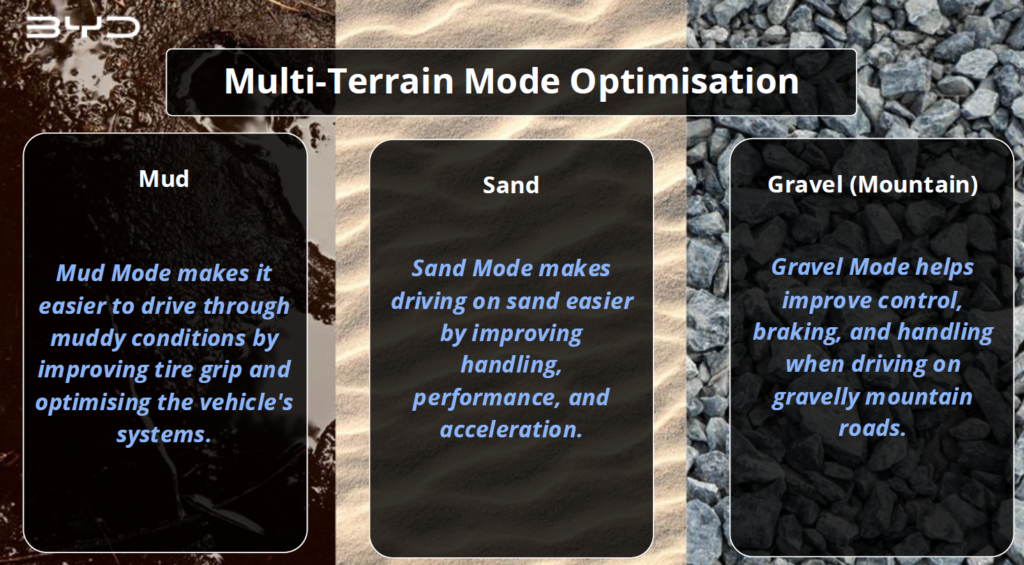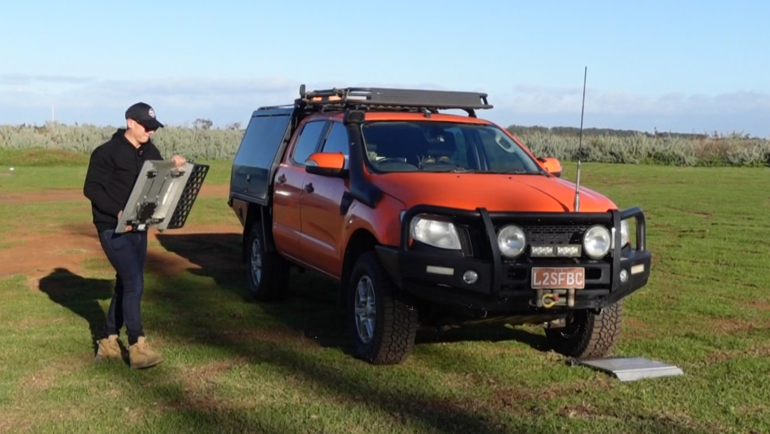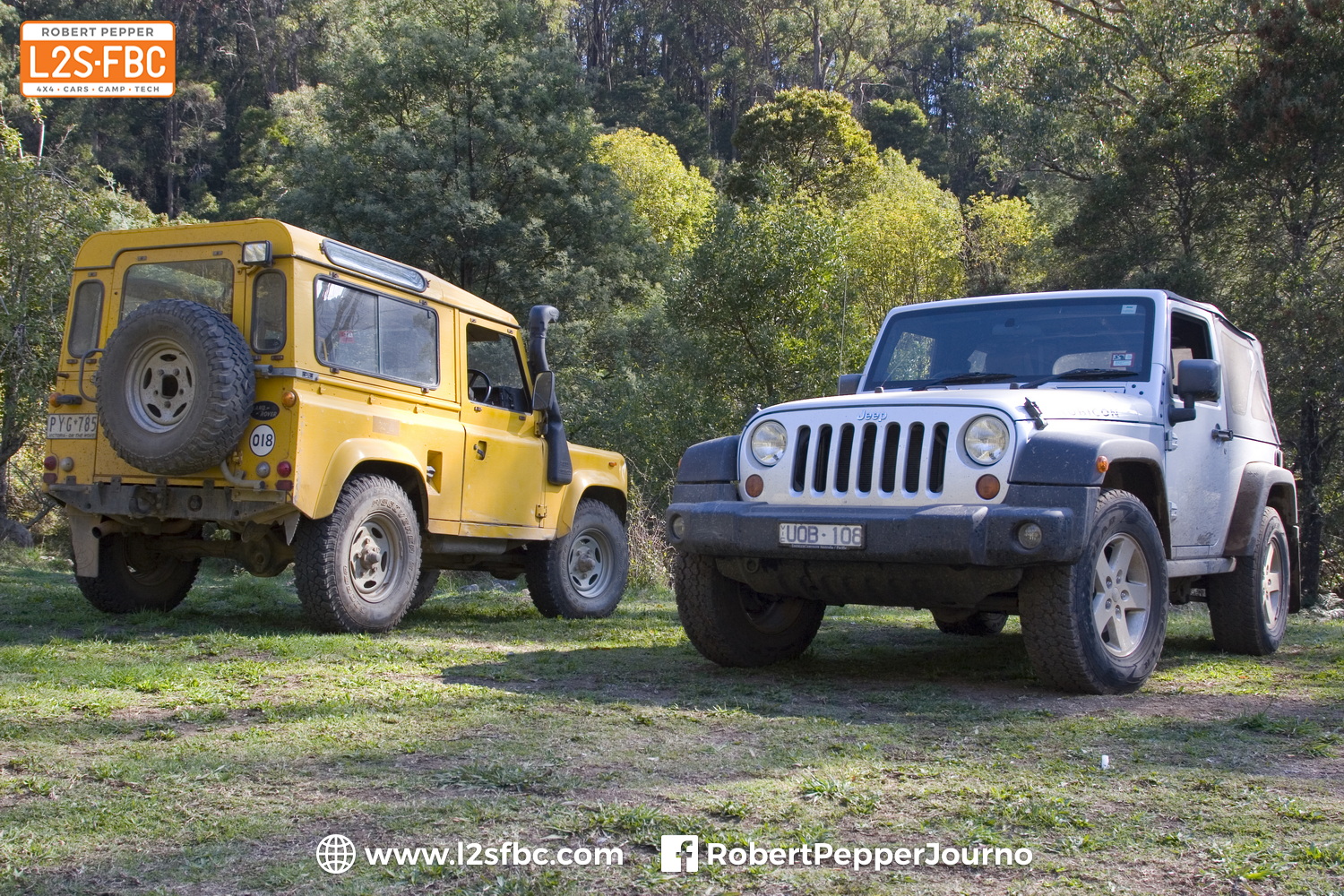
BYD Shark 6 review & how it works
BYD have released their new Shark 6 ute, their first 4×4, their first ute, and the first PHEV ute on the Australian market. It’s not the first PHEV offroader, as certainly Range Rover got there first with the Range Rover Sport PHEV, and while a softroader, Mitsubishi has had a PHEV version of the Outlander for many years.
The Shark 6 is Ranger-sized, and is a series hybrid. This means it has two electric motors, one powering the rear axle, the other the front. The petrol engine is a 1.5L turbo and there to act mostly as a generator for the electric motors. However, over above 70km/h it can use a clutch to directly drive the front wheels only. There is no mechanical connection between front and rear axles. There are no cross-axle differential locks. Suspension is independent front and rear with coil springs, and disc brakes all round.
As the vehicle is electric-driven, there is no apparent need for a gearbox as electric motors deliver all their torque off idle. However, the lack of gears means not much in the way of torque multiplication…which is a problem on steep hills, especially as the front motor can turn only the front wheels and not assist the rears which have all the weight, and therefore grip. This is always a problem for electric-drive vehicles, and it doesn’t seem BYD have addressed it in the Shark as the rear motor is only 340Nm, and testing indicates the vehicle is front-drive biased.
The vehicle has three offroad modes according to the specs we received:

however, the actual vehicle has four modes. Now it should be said our test vehicles were pre-production models, so there may well be differences between what you buy, and what I tested, but regardless….the modes behave very strangely.
Normal mode simply doesn’t appear to send much torque to the rear axle, as evidenced in the video below by excess wheelspin off the line, and when we had it cross-axled with the rear axle doing nothing, and a front wheel spinning. A 4×4 should NEVER be in this situation, EVER. Yet, here we are. Yes, Normal drive mode isn’t for offroading, but the vehicle should still function as a basic 4×4.
When it comes to the offroad modes, the odd thing is that Sand mode seems to work best. In every other vehicle on the market, Sand mode is designed for, well, sand, and has relaxed stability control and brake traction control for loose-surface driving. Yet in the Shark, it seems to have the quickest-reaction brake traction control of any mode, the opposite of the norm. The other modes work better offroad than Normal, but that’s a low bar to set. Another oddity is the way Snow mode never seems to wake up and realise what’s happening. With normal 4×4 electronics the differences are primarily in the initial reaction – snow modes are slow to react, rock faster – but the ECU keeps working till the job is done. With the Shark, it seems to have one initial reaction, and that’s it. There’s no question the Shark offroad electronics need work, and while they’re at it, they might want to name them with something more common and easily understood, for example ‘Mountain’ – in some text that’s gravel roads, but to me it seems more like a hill climb.
Here are my BYD Shark videos:
- BYD Shark Part 1 – type of hybrid, how the Shark works, offroad driving, acceleration
- BYD Shark Part 2 – specs, detailed offroad analysis, powerplant
- BYD Shark Part 3 – weights, towing, PHEV, camera compared to Ranger PHEV Stormtrack


